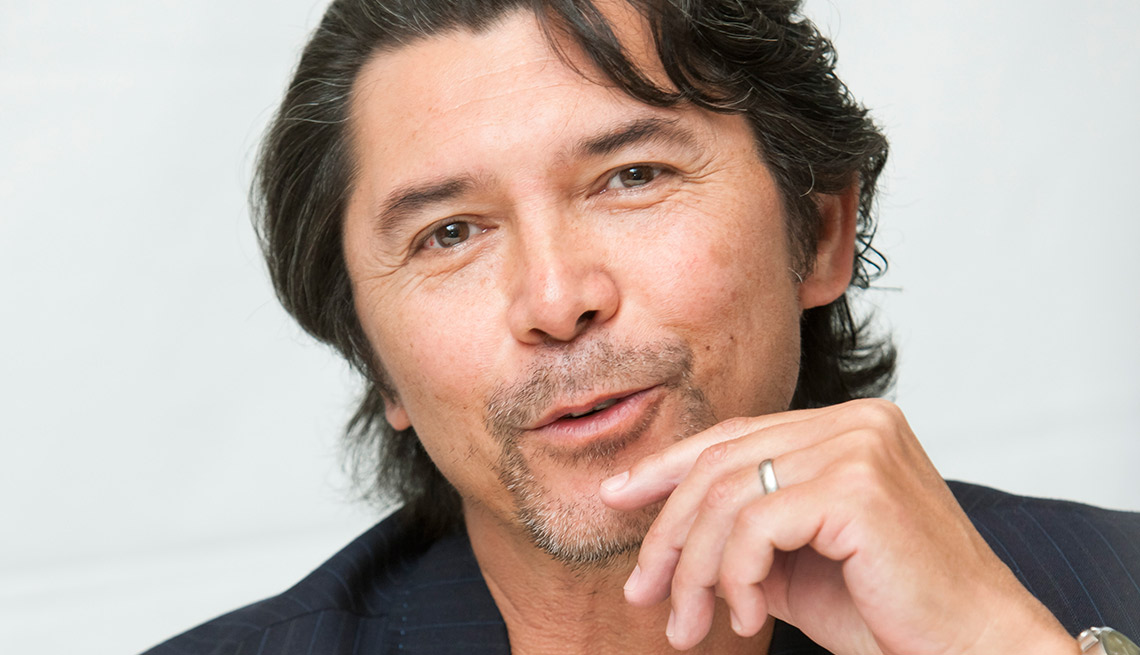Staying Fit
The contemporary western Longmire, having put its rabid fans through a 13-month hiatus after A&E execs rashly dumped the show in August 2014, returns to the screen on Sept. 10. That's when savior Netflix will make all 10 episodes of Season 4 available for streaming.
Not that the first three seasons lacked followers: Longmire, based on Craig Johnson's mystery novels, was averaging 5.6 million viewers per episode when tone-deaf A&E pulled the plug because the median age of the viewing audience was 60. The network hadn't reckoned on the wrath of fans, who took to social media as the #LongmirePosse to demand the show's revival.


AARP Membership— $12 for your first year when you sign up for Automatic Renewal
Get instant access to members-only products and hundreds of discounts, a free second membership, and a subscription to AARP the Magazine.
Crowd favorite Lou Diamond Phillips plays Henry Standing Bear, a bar owner — and the show's moral compass — who develops a deep friendship with the wounded main character, widowed Sheriff Walt Longmire of Absaroka County, Wyo. We asked Phillips what he's looking forward to in Season 4.
Q: What attracted you to Longmire back in 2012?
A: "This is something special," I thought when I first read the script. There was so much between the lines, and you had the feeling that these characters had lived, you know?
Henry Standing Bear just jumped off the page at me. I was in love with him from page 3. It was a contemporary western, but it had this retro feel to it. It spoke of things like McCloud or Gunsmoke. This kind of show wasn't on the television landscape, which tends to homogenize everything, so I thought, "That's exactly why it's going to fail! Because it's so good and so different!"
Q: Were you surprised by the intensity of fan reaction to Longmire's cancellation?
A: I was more surprised by the decision [to cancel]. For A&E to say, "We don't want that kind of [older] demographic" is just offensive. The fans proved their loyalty — "We'll follow Longmire wherever it goes!" — and I know that had an impact on Netflix's decision to pick us up.

































































